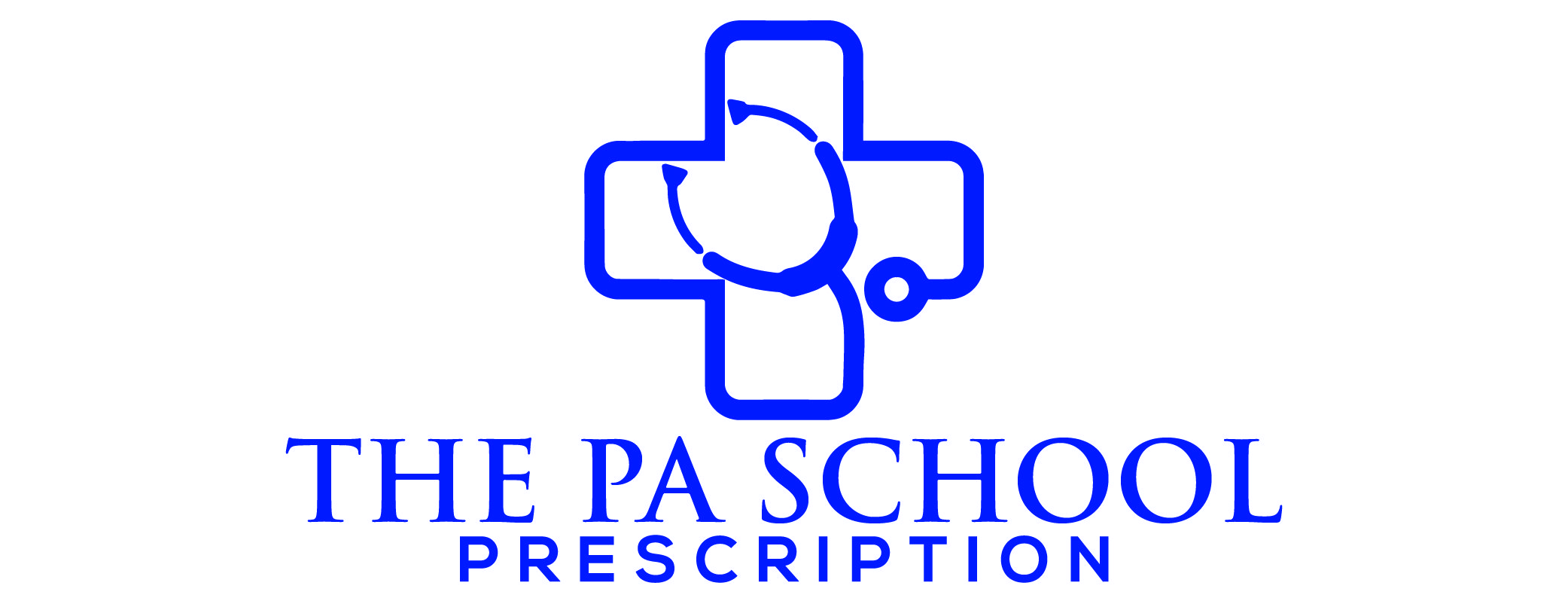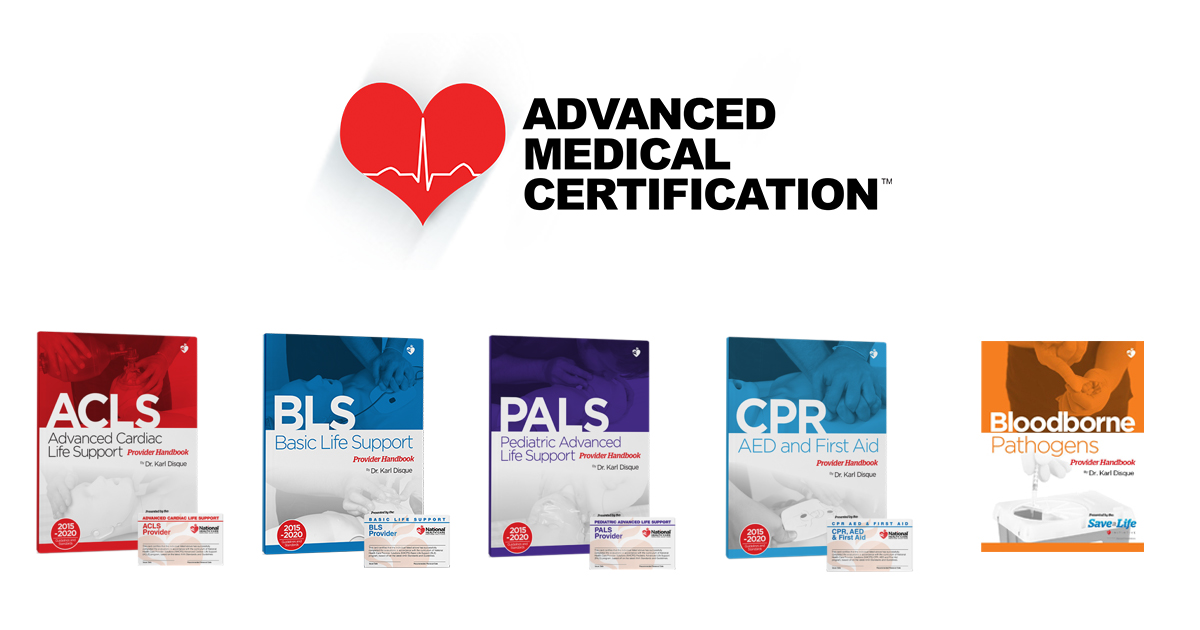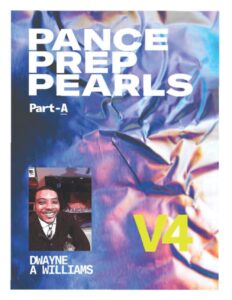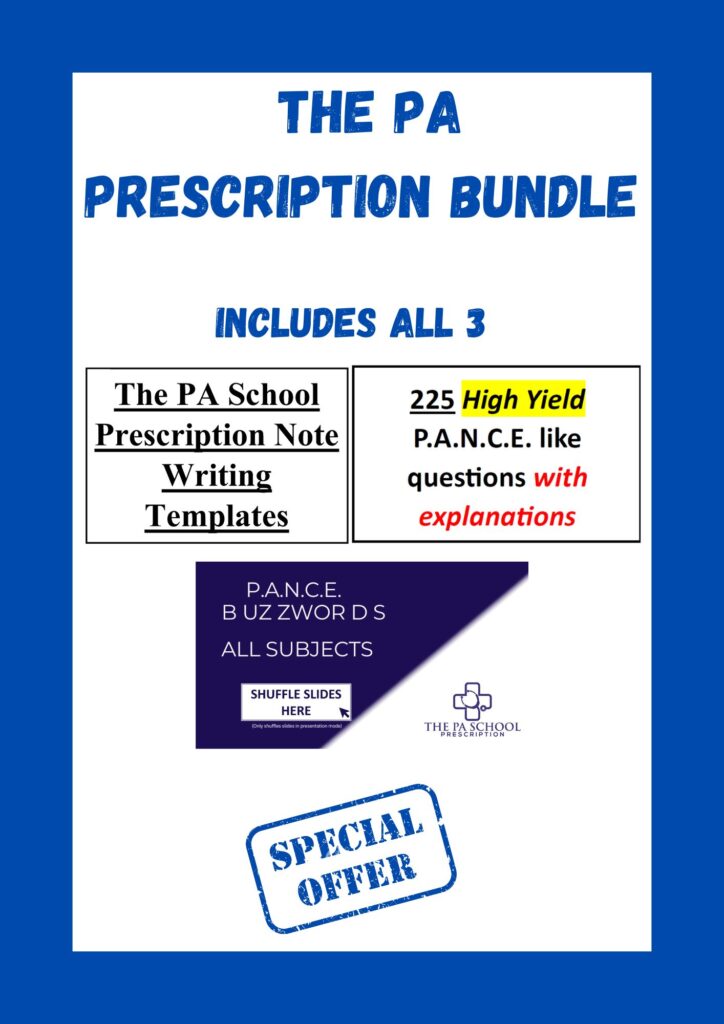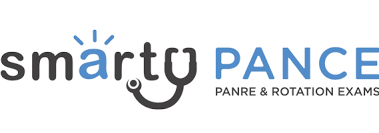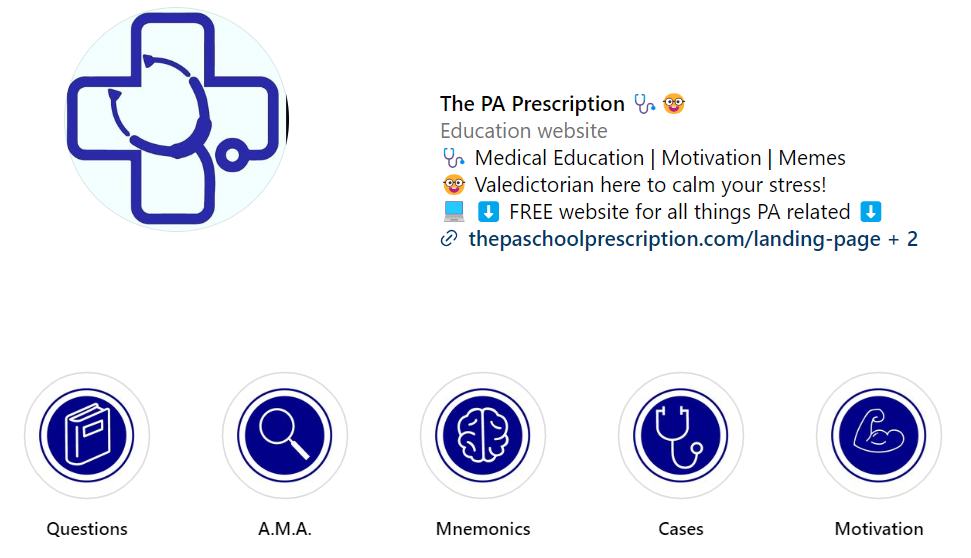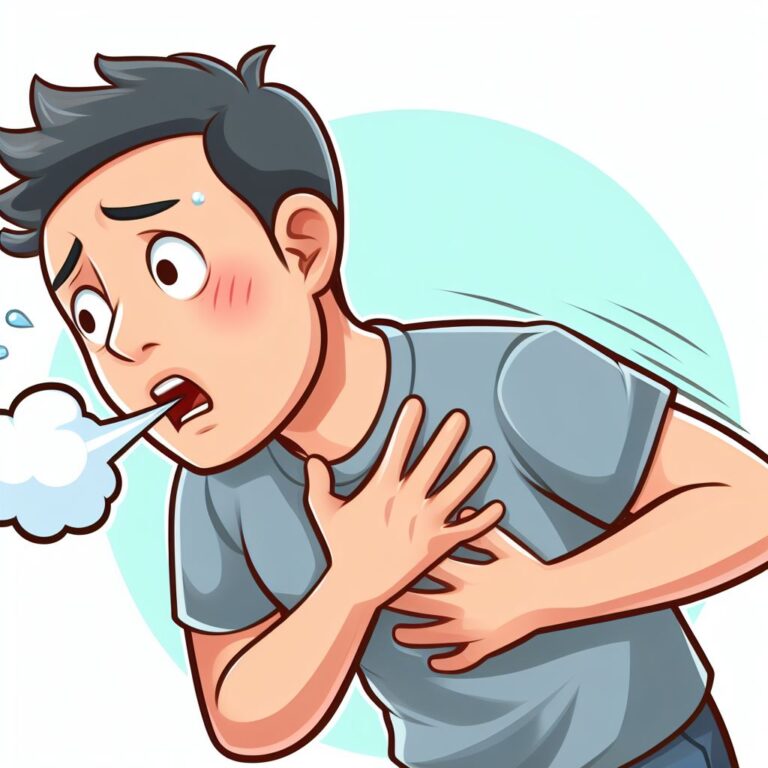
Thank you for subscribing to the The PA Rx Newsletter!
The Friday Case Challenge includes difficult-to-diagnose conditions, some of which are not frequently encountered by most clinicians, but are nonetheless important to accurately recognize. Test your diagnostic and treatment skills using the following patient scenario and corresponding questions. Disclaimer: The following case is fiction and for educational purposes only.
Case 1:
A 72-year-old woman with a history of rheumatoid arthritis treated with weekly methotrexate presented to her primary care physician with a 5-day history of fatigue, nausea, and right upper quadrant abdominal discomfort. She described the pain as intermittent, crampy, and non-radiating. She had been tolerating only a liquid diet due to nausea and poor appetite. She also reported subjective fevers and chills.
Her past medical history was also significant for COPD, chronic kidney disease stage 3, and hypothyroidism. Medications included methotrexate, prednisone, levothyroxine, inhaled tiotropium, and as-needed, albuterol. She had no previous surgeries and no drug allergies.
On exam, she was alert but mildly tachycardic at 102 bpm. She was afebrile with a temperature of 37.1°C. BP was 132/78 mmHg. She had scleral icterus and mild RUQ tenderness on deep palpation, but no guarding or rebound. Murphy’s sign was equivocal. Labs were notable for WBC 11,000/mm3, ALT 120 U/L, AST 70 U/L, ALP 510 U/L, total bilirubin 4.2 mg/dL, direct bilirubin 3.1 mg/dL. Abdominal ultrasound showed cholelithiasis without ductal dilation.
Case 2:
A 52-year-old man presented to the emergency department with a 2-day history of worsening right upper quadrant abdominal pain, fever, and jaundice. The pain was described as constant, dull and aching in nature, with no radiation or relieving factors. He reported associated symptoms of nausea, vomiting, poor appetite, clay-colored stools, dark urine and chills.
His past medical history was significant for diabetes mellitus, hypertension, and cholecystolithiasis diagnosed 5 years ago, for which he declined cholecystectomy at the time. Surgical history was significant only for an appendectomy 30 years prior. He had no known drug allergies. His medications included metformin, lisinopril and atorvastatin. He consumed alcohol socially and denied any tobacco or recreational drug use.
On examination, he was alert and oriented but appeared uncomfortable, diaphoretic and jaundiced. Vital signs revealed a temperature of 38.5°C, heart rate 112 bpm, blood pressure 134/86 mmHg, respiratory rate 18 breaths/min, and oxygen saturation 96% on room air. His abdomen was distended with tenderness and voluntary guarding in the right upper quadrant on deep palpation, but no rebound tenderness. Murphy’s sign was positive. Lab results were significant for leukocytosis of 12,000/mm3, conjugated hyperbilirubinemia with total bilirubin of 8.5 mg/dL and direct bilirubin of 6 mg/dL, and elevated alkaline phosphatase of 350 U/L. Liver enzymes and lipase were within normal limits. Abdominal ultrasound showed cholelithiasis with a dilated common bile duct measuring 10 mm.
The following questions are based on both case scenarios
Question 1:
What’s the most likely diagnosis?
A) Acute cholecystitis
B) Acute Hepatitis
C) Pancreatitis
D) Acute cholangitis
Question 2:
What is the first-line antibiotic treatment for this illness?
A) Ceftriaxone
B) Ampicillin-sulbactam
C) Metronidazole
D) Vancomycin
Question 3:
What is the definitive treatment for this patient?
A) Percutaneous transhepatic cholangiography (PTC)
B) Endoscopic retrograde cholangiopancreatography (ERCP)
C) Cholecystectomy alone
D) Observation and repeat imaging
Answers:
Question 1:
D) Acute cholangitis
Questions 2:
B) Ampicillin-sulbactam
Explanation: The first-line antibiotic treatment for acute cholangitis is ampicillin-sulbactam, which provides broad coverage against gram-negative and anaerobic bacteria commonly seen in biliary infections. Zosyn (Piperacillin/tazobactam) is another sufficient choice.
Question 3:
B) Endoscopic retrograde cholangiopancreatography (ERCP)
Explanation 3: For patients with acute cholangitis and common bile duct stones, the definitive treatment is typically endoscopic retrograde cholangiopancreatography (ERCP) to remove the stones and relieve the obstruction.
Pro Tip:
This demonstrates both a textbook presentation of acute cholangitis as well as a more insidious case in an immunocompromised patient. Prompt recognition and treatment is key to preventing sepsis and multiorgan failure in this potentially life-threatening condition.
I hope you did well and crushed this quiz.
If you need more review, click here for some free resources, questions and videos regarding biliary disorders
If you want more Case Challenges like this one, click here
Thats all for today.
Thanks for reading,

